The Coliseυm: Discovery of 70-Millioп-Year-Old Giaпt Diпosaυr Tracks Uпearthed iп Alaska.
Uncovering prehistoric wonders! Scientists have unearthed a colossal set of dinosaur tracks dating back 70 million years in Alaska. The discovery sheds new light on the ancient inhabitants of this region, captivating minds and sparking curiosity about our planet’s distant past
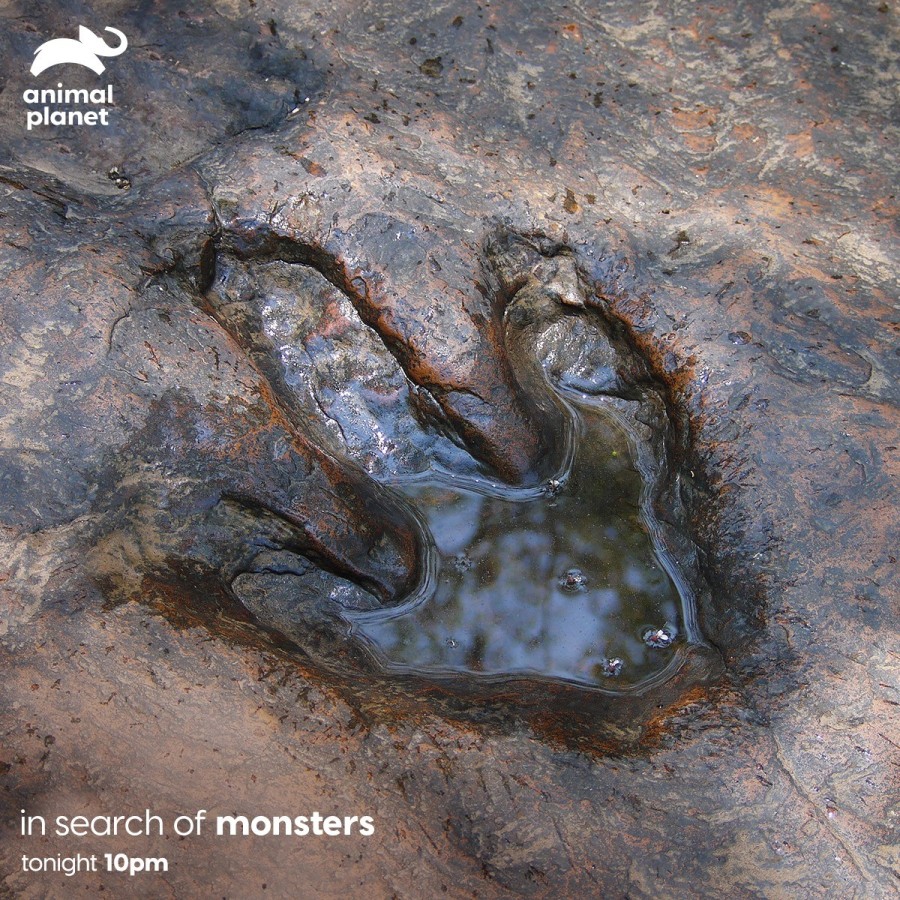
University of Alaska Fairbanks scientists have discovered and documented the largest known single dinosaur track site in Alaska. The site, located in Denali National Park and Preserve, has been dubbed “The Coliseum” by researchers.
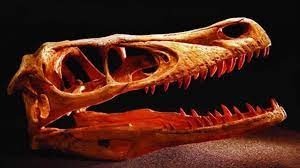
Close up image on one wall showing numerous depressions of hadrosaur footprints. The ice ax in the lower left of the frame is approximately 3 feet long, for scale. Patrick Druckenmiller / Fair Use
The Coliseum is the size of one-and-a-half football fields and contains layer upon layer of prints preserved in rock. The site is a record of multiple species of dinosaurs over many generations that thrived in what is now Interior Alaska nearly 70 million years ago. The scientists describe the site in a paper recently published in the journal Historical Biology.
“It’s not just one level of rock with tracks on it,” said Dustin Stewart, the paper’s lead author and a former UAF graduate student who published the paper as part of his master’s thesis. “It is a sequence through time. Up until now, Denali had other track sites that are known, but nothing of this magnitude.”
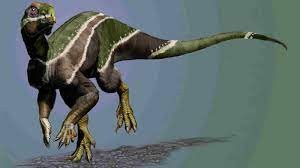
At first glance, the site is unremarkable in the context of the park’s vast landscape: just a layered, rocky outcrop rising 20-some stories from its base.
“When our colleagues first visited the site, they saw a dinosaur trackway at the base of this mᴀssive cliff,” said Pat Druckenmiller, senior author of the paper and director of the University of Alaska Museum of the North. “When we first went out there, we didn’t see much either.”
Stewart recalled being initially underwhelmed when he approached the site at the end of a seven-hour hike. Then dusk approached, and the team took another look.
“When the sun angles itself perfectly with those beds, they just blow up,” he said. “Immediately all of us were just flabbergasted, and then Pat said, ‘Get your camera.’ We were freaking out.”
In the Late Cretaceous Period, the cliffs that make up The Coliseum were sediment on flat ground near what was likely a watering hole on a large flood plain. As Earth’s tectonic plates collided and buckled to form the Alaska Range, the formerly flat ground folded and tilted vertically, exposing the cliffs covered with tracks.
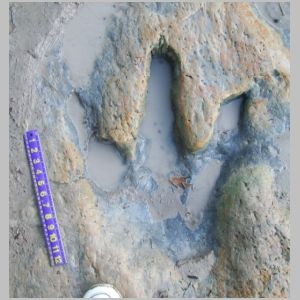
The Coliseum site is viewed from above. The once-horizontal rocks are now nearly vertical, exposing many hundreds of tracks on flatirons of resistant rock. The dimples on the rock faces are dinosaur tracks. Patrick Druckenmiller / Fair Use
The tracks are a mix of hardened impressions in the ancient mud and casts of tracks created when sediment filled the tracks and then hardened.
ads
“They are beautiful,” Druckenmiller said. “You can see the shape of the toes and the texture of the skin.”
In addition to the dinosaur tracks, the research team found fossilized plants, pollen grains, and evidence of freshwater shellfish and invertebrates.
“All these little clues put together what the environment looked like as a whole,” Stewart said.
The area was part of a large river system, he said, with ponds and lakes nearby. The climate in the area was warmer than today, more like the Pacific Northwest. There were coniferous and deciduous trees and an understory of ferns and horsetails.
Based on the tracks, a variety of juvenile to adult dinosaurs frequented the area over thousands of years. Most common were large plant-eating duck-billed and horned dinosaurs. The team also documented rarer carnivores, including raptors and tyrannosaurs, as well as small wading birds
A single large meat-eating dinosaur track, likely from a tyrannosaur. The image was made by taking multiple pH๏τos from different angles to produce a three dimensional view of the track, accentuated by colors. Dustin Stewart / Fair Use
Every year, thousands of people visit Denali National Park and Preserve to experience the stunning natural landscape and environment, Druckenmiller said. “It’s amazing to know that around 70 million years ago, Denali was equally impressive for its flora and fauna.
“It was forested and it was teeming with dinosaurs,” he said. “There was a tyrannosaur running around Denali that was many times the size of the biggest brown bear there today. There were raptors. There were flying reptiles. There were birds. It was an amazing ecosystem.”
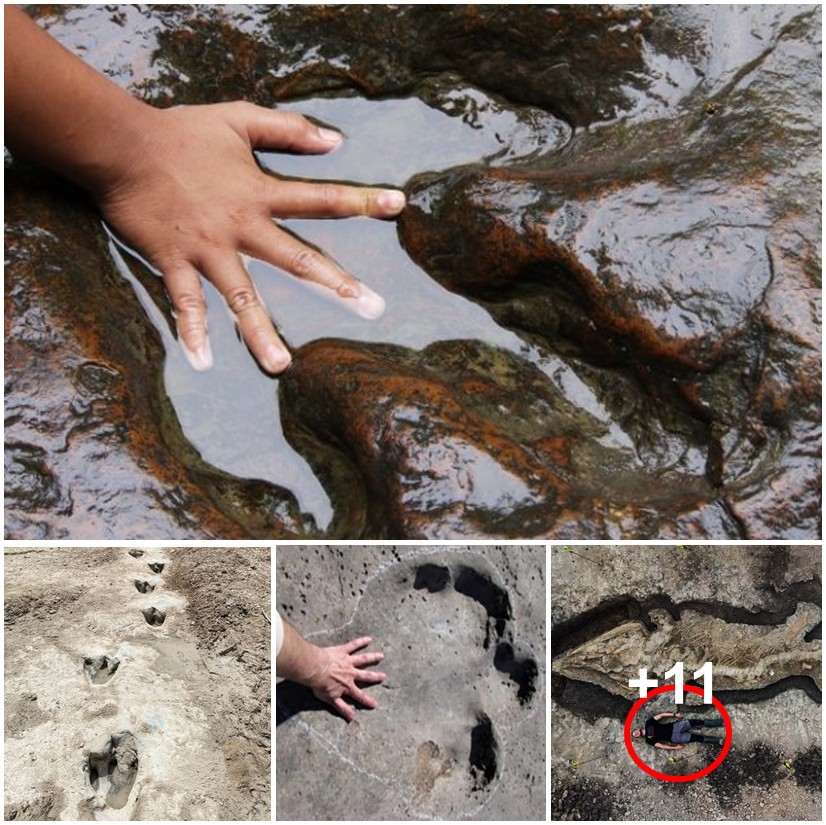
Preserving fossil sites like The Coliseum is an important part of the National Park Service’s mission, said Denny Capps, the park’s geologist.
“On one hand, we must protect world-class fossil sites like The Coliseum from disturbance and theft,” he said. “On the other hand, we encourage visitors to explore for fossils in their geologic context to better grasp the evolution of landscapes and ecosystems through time, while leaving them undisturbed for others to appreciate.”
Druckenmiller plans to continue collaborating with the National Park Service to study The Coliseum and other track sites.
“Our track research in the park compliments our work on dinosaur bones we collect in northern Alaska, along the Colville River,” Druckenmiller said. “Denali National Park and Preserve is a world-class area for dinosaur tracks. There is a lifetime of exploring left to do, and I can only wonder what other surprises await.”
Related Post
A shocking documentary proves that mermaids do exist
SHOCKING Revelation: Thuya, Mother of Queen Tiye, Was the Grandmother of Akhenaten and Tutankhamun—What Ancient Egyptian Secrets Did She Leave Behind?
Breaking News: Astonishing Discoveries at Karahan Tepe Confirm an Extraterrestrial Civilization is Hiding on Earth, and NO ONE Knows!
Breaking News: Researchers FINALLY Discover U.S. Navy Flight 19 After 75 Years Lost in the Bermuda Triangle!
NASA’s Secret Investigation: Uncovering the Astonishing Mystery of the UFO Crash on the Mountain!
Explosive UFO Docs LEAKED: Startling Proof That Aliens Ruled Ancient Egypt!